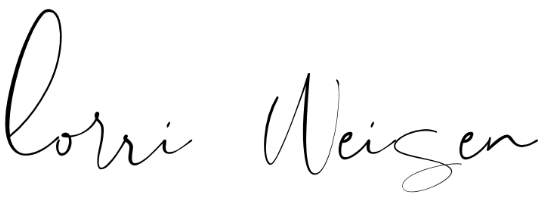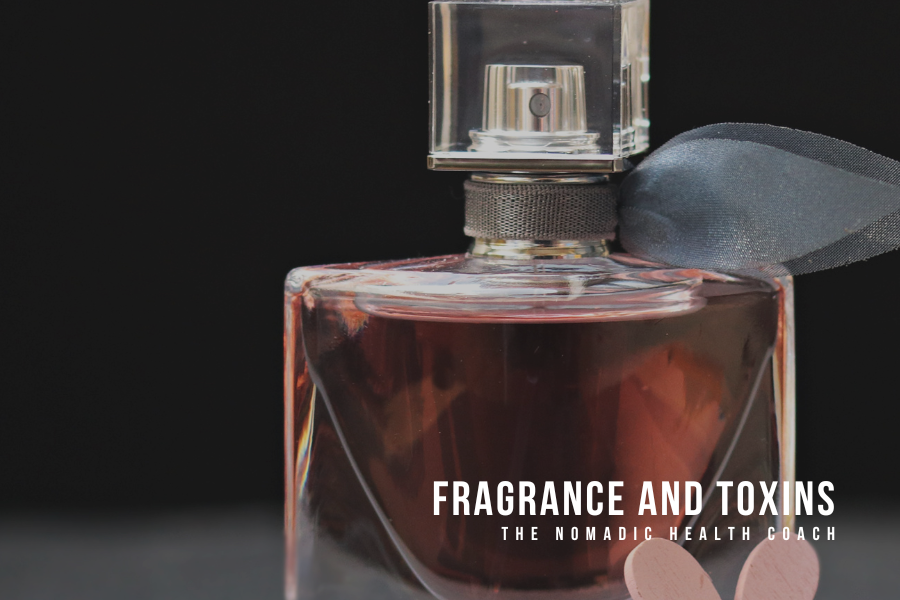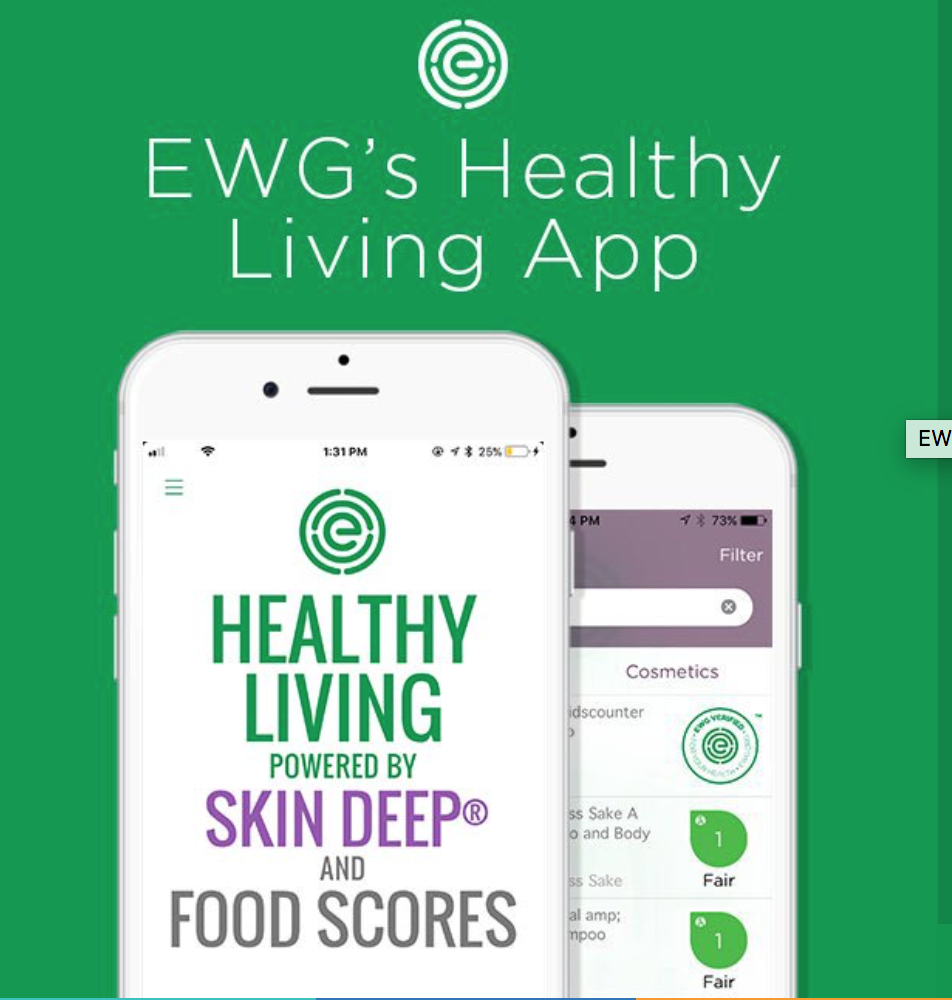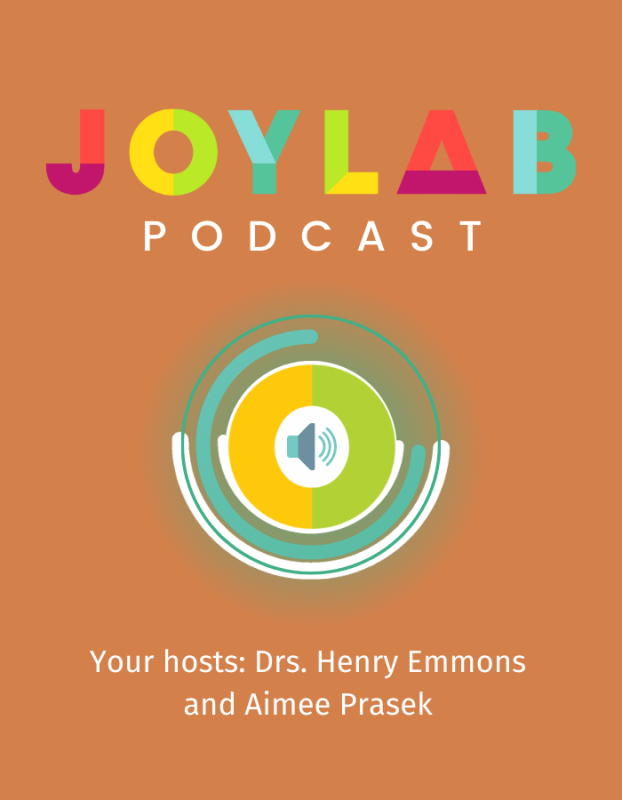You may want to skip this post if you wear perfume, like scented candles, the smell of laundry soap, Glade Plugins etc.
(5 minute read)
Why would I ask you to not read my post? Well, for two reasons.
1. People love what they love and no amount of me explaining the harmful effects of artificial fragrance will make any difference. And that’s totally okay. Everyone has the right to make their own choices.
2. It will be the equivalent of jumping off a cliff. Once you learn, you can’t unlearn. And with understanding how harmful artificial fragrance is for us, you may wish you never read this, because you will find that many of your favorite things are causing you and your family hidden harm.
With that being said…
Our sense of smell is closely linked to our memory and to our emotions. The perfume industry, for example, is built around these connections, developing fragrances that seek to convey a vast array of emotions and feelings such as desire, power, and love. Scents bring back nostalgia; hugging our grandma when we were a kid, mom baking cookies at Christmas, the smell of a clean house, our first kiss. Scents also affect our mood, and in recent years, whether we’re aware of it or not, our sense of smell is affecting the way we view brands and the purchase decisions we make.
You’re familiar with Febreeze? Did you know that when it first came on the market it failed because it had no scent? I personally loved this about the product because I worked as a bartender in a smoky bar and I could effectively eliminate the smoke from my clothes without adding a perfume-like scent to them. This, however, changed quickly and as the story tells, P & G went on to make $230 million within the first year of adding a scent. The point I am trying to make here is how deeply attached we are to how things – or people – smell. And how important that is in our lives. But equally important, and what we are mostly unaware of, is how harmful it can be. None of this is meant to scare you, on the contrary. It is only meant to help you make informed decisions and choices that you have control over. To stay healthy and to prevent disease.
Fragrance is everywhere. And to clarify, I’m speaking specifically of artificial/chemical fragrance. It’s in your laundry soap, candles, room fresheners, fabric softener, personal care products, hair care, car air fresheners, bath salts, and household cleaning products just to name a few. Fragrance is also found in many so-called “natural” products which only creates the false belief to the consumer that the product is “safe” because it’s “natural”.
We could have the most toxin-free house on the planet, never wear a drop of perfume, apply unscented lotions and potions to our bodies and ditch the candles, but, we are always surrounded by it. That hug you got from Uncle Eddie who likes to bathe in cheap cologne? Yeah, you’ll be wearing Old Spice for the rest of the afternoon. That beauty magazine you just opened that slipped perfume samples between the pages will stick around too. And just try to walk by Ambercrombie at the local mall without sucking in their sexy(?) scent. Fragrance is as almost as widespread as plastic, which, can never be avoided. And I say “almost” because we there are easy ways we can lessen our exposure. Plastic, on the other hand, is not as easy.
Thousands of undisclosed chemicals go into cosmetics and consumer goods and one of the worst offenders is artificial fragrance. According to the EWG (Environmental Working Group), “most fragrance chemicals are not disclosed on labels but we know that some are linked to serious health problems such as cancer, reproductive and developmental toxicity, and allergies and sensitivities.”
Excerpt from the EWG fragrance report: < I urge you to read this report – click the link.
HEALTH CONCERNS: The International Fragrance Association (IFRA) lists 3,059 materials that are reported as being used in fragrance compounds. Of these 3,059 ingredients, some have evidence linking them to health effects including cancer, reproductive toxicity, allergies and sensitivities.
A 2016 study assessed self-reported health effects from fragrance. This survey of a random sample of US residents found that 99.1% of participants are exposed to fragranced products at least once a week from their own use, others’ use, or both. Participants also reported an extensive list of health effects experienced when exposed to fragrance ranging from migraines and asthma to gastrointestinal problems and cardiovascular problems. The findings showed that a high percentage of the participants did not know of the chemicals included in fragrance and would not continue to use a fragranced product if they had previously known it emitted pollutants.
When reading a label, artificial fragrance can fall under the terms: Fragrance, perfume, parfum, and aroma. And just like personal care products, fragrance is not regulated by the FDA. Manufacturers don’t have to disclose the chemicals that are included under any of these terms which means we most likely are inhaling formaldehyde and other dangerous chemicals such as Ethanolamines and Resorcinol. According to the EWG, Resorcinol (which is present in most hair dyes) changes liver, kidney and spleen functioning and adversely affects the cardiovascular and nervous system.
Still with me?
And then there’s the subject of phthalates which are also present in artificial fragrances. In the past few years, researchers have linked phthalates to asthma, attention-deficit hyperactivity disorder, breast cancer, obesity and type II diabetes, low IQ, neurodevelopmental issues, behavioral issues, autism spectrum disorders, altered reproductive development and male fertility issues.
And if that’s not enough for you to sit up and take notice maybe this will.
How many of us ladies have issues with our hormones? Have you ever heard the term xenoestrogens? PMS, perimenopause, early menopause, endometriosis, cramps, heavy bleeding, irregular periods, thyroid issues, adrenal fatigue, mood swings, acne, fatigue, decreased sexual desire, insomnia, anxiety, histamine intolerance (yep, connected to hormone imbalance), weight gain, increased risk of breast cancer, and what we like to simply call “raging hormones”. Your body is talking to you! We were not made to feel so horrible and these issues and symptoms seem to only be escalating in the past 20 years.
And gentlemen, you have hormones too and are just as susceptible to disruption as us ladies are, just in a different way. Your symptoms can include fatigue, decreased sexual performance, reduced sperm counts, weight gain, inability to maintain muscle mass, brain fog, depression, heart disease, anxiety and insomnia.
Phthalates are an endocrine disruptor—a xenoestrogen—which basically means they screw with your hormones. But you do have a choice when it comes to eliminating many of them.
What the heck do you do now?
Walk around your house and grab your cleaning supplies, candles, plug-in air fresheners, toiletries, room sprays, etc., and take a look at the labels. Do you find the words fragrance, perfume, parfum, and/or aroma on the list? Perhaps there is no ingredient list? Candles typically don’t list them but unless you are specifically shopping for candles made with essential oil blends, you’re getting ones laden with artificial fragrance.
Use the EWG app to help you make the switch.
Start replacing your fragrance-based products with fragrance free or essential oil based products. Beware of products claiming “unscented” as this only means they have added fragrance agents to mask the other smells.
Use the EWG app to scan the barcodes (if present) and see the toxicity level. Then search within the app for a better alternative.
**Note that this app currently covers personal care products and food products**
Keep reading below for a few replacement ideas to get you started!
A few products to help you get started.
- Replace your bathroom odor eliminators (Glade, Lysol, Febreeze) with POO-POURI. When spritzed into the toilet bowl before-you-go, Poo~Pourri’s pure blend of natural essential oils creates a film on the surface of the water. The protective barrier traps odor under the surface, before it ever begins! Keep a travel size in your purse for those awkward moments at a friends house.
- Replace your plug-in air fresheners or reed diffusers with a essential oil diffuser like these from URPOWER. Pour 5-8 drops of your favorite essential oil into the diffuser, fill with water and turn it on. This improves the air quality in your house and acts as a humidifier as well.
- Many bath salts and so-called “aromatherapy” bath bombs and products (think LUSH) contain artificial fragrances. Make your own bath bombs or simply add 2 cups pure Epsoak Epsom Salt (my personal favorite), 1/4 cup of baking soda, and a few drops of your favorite essential oils under warm water when filling your tub.
- Replace your kitchen and bathroom cleaners (Method, Windex, Mrs Myers) with ECOS or Puracy.
- Body lotions, hair care, perfumes, and other toiletries will require a separate post as there are SO many to choose from these days. The best bet is to shop your local co-op or Whole Foods to get started!
Living a toxin-free and green lifestyle is a major component of living well. We are highly vulnerable to chemicals in our beauty, hair, and personal care products, and indoor/outdoor environments. This can have a decidedly negative effect on our bodies including cancers, respiratory, hormonal, and skin conditions. The good news is that we have more control over the unwanted effects than we think. While we can’t escape every toxin out there we can certainly support our bodies and our health by choosing chemical-free whenever possible.






